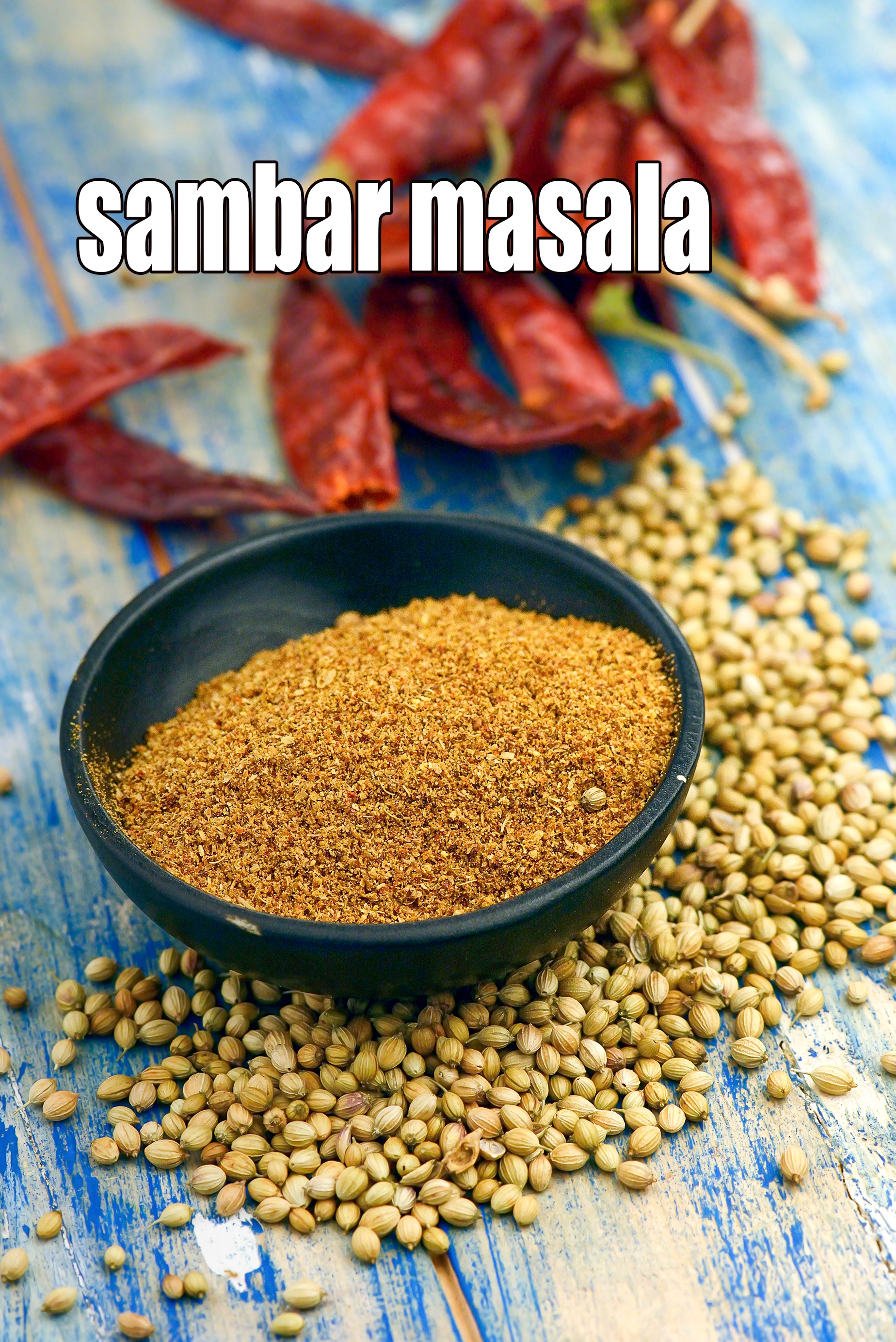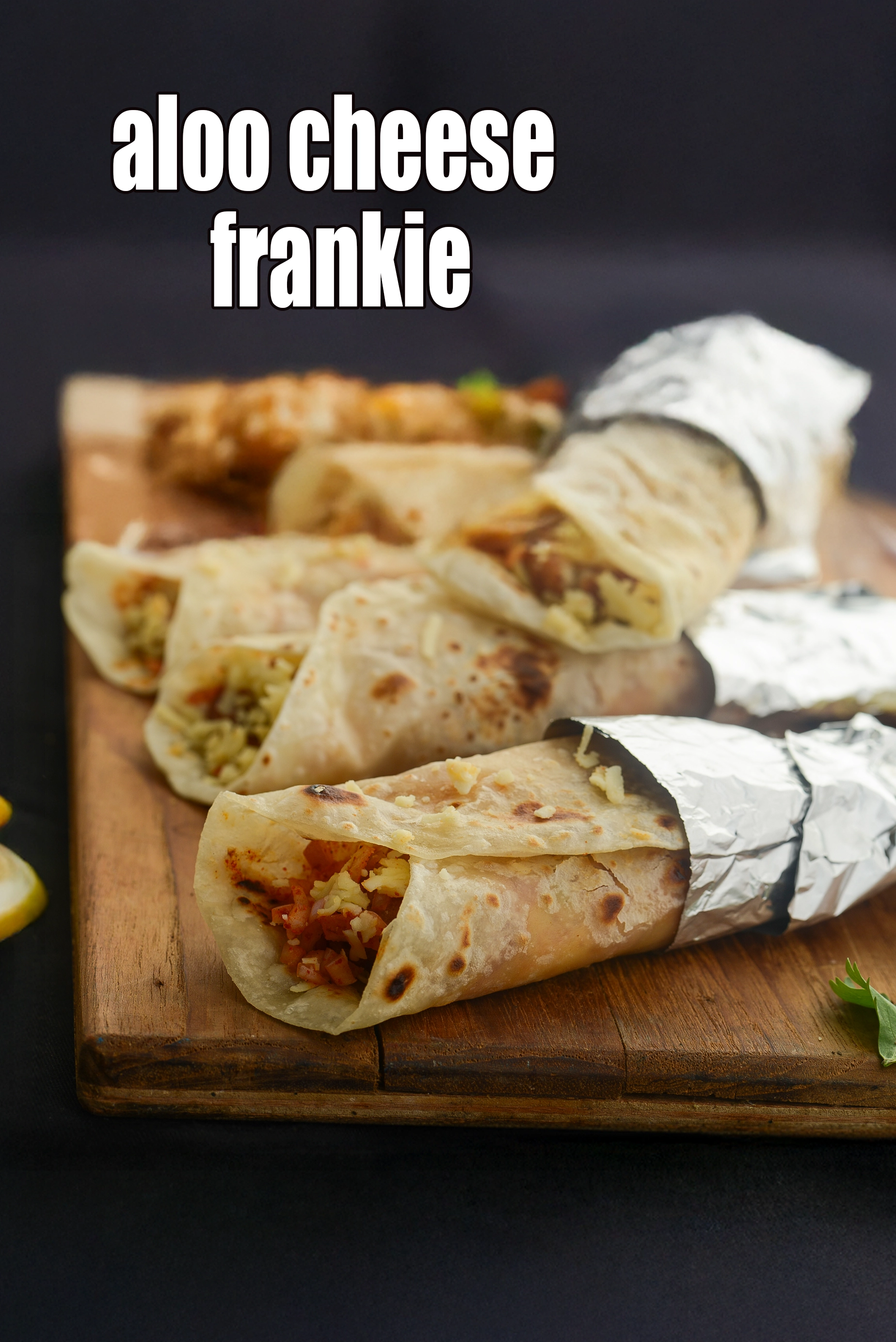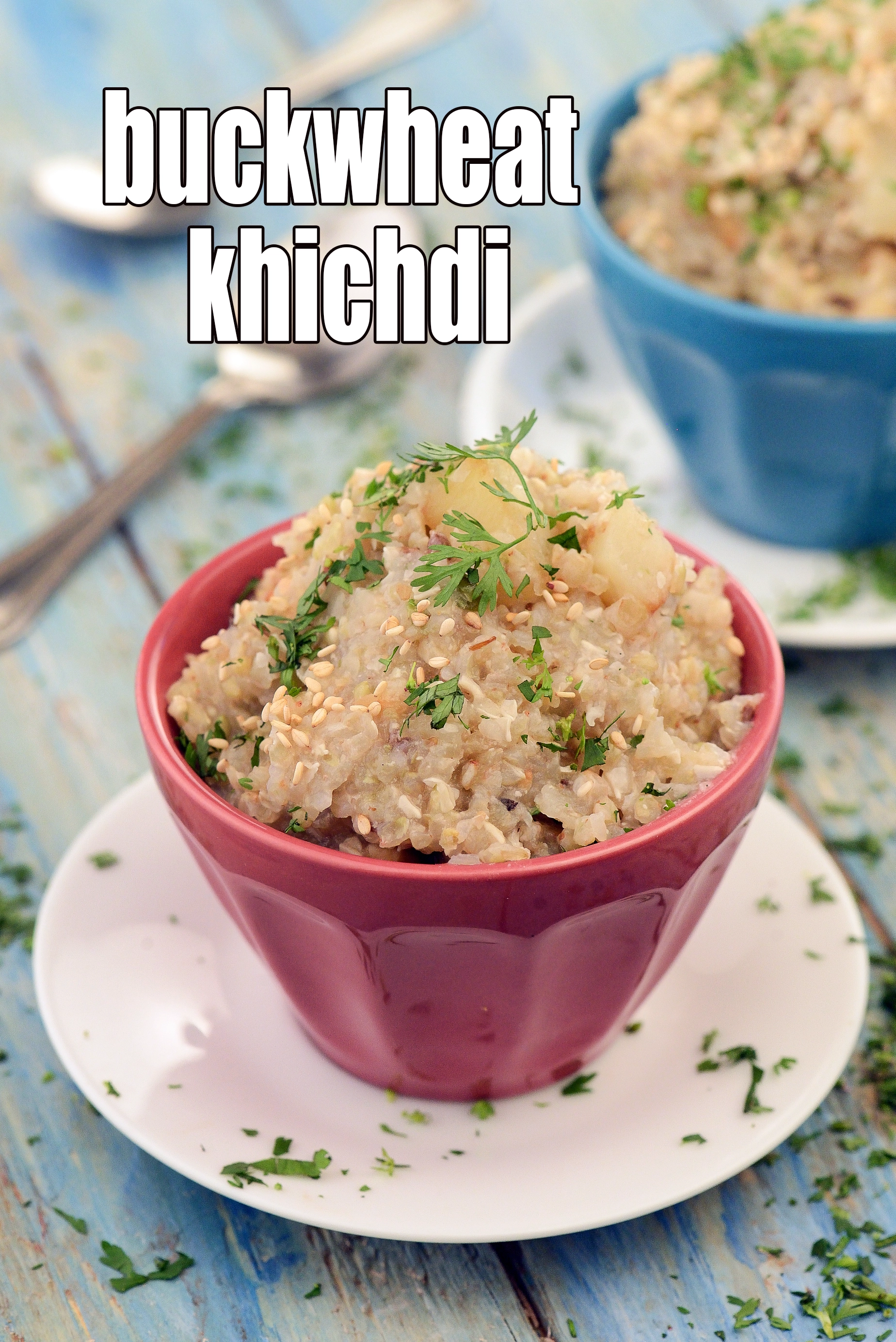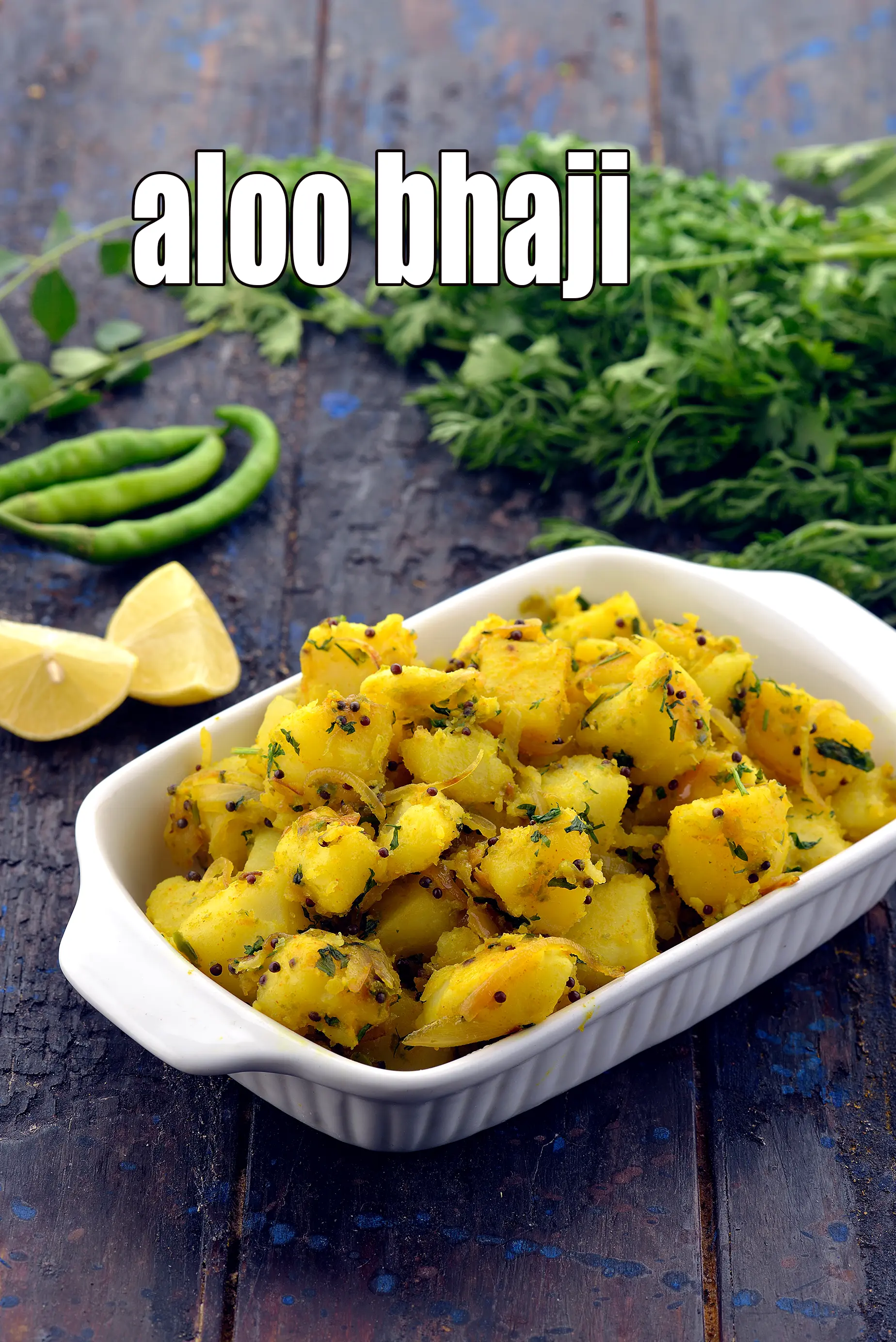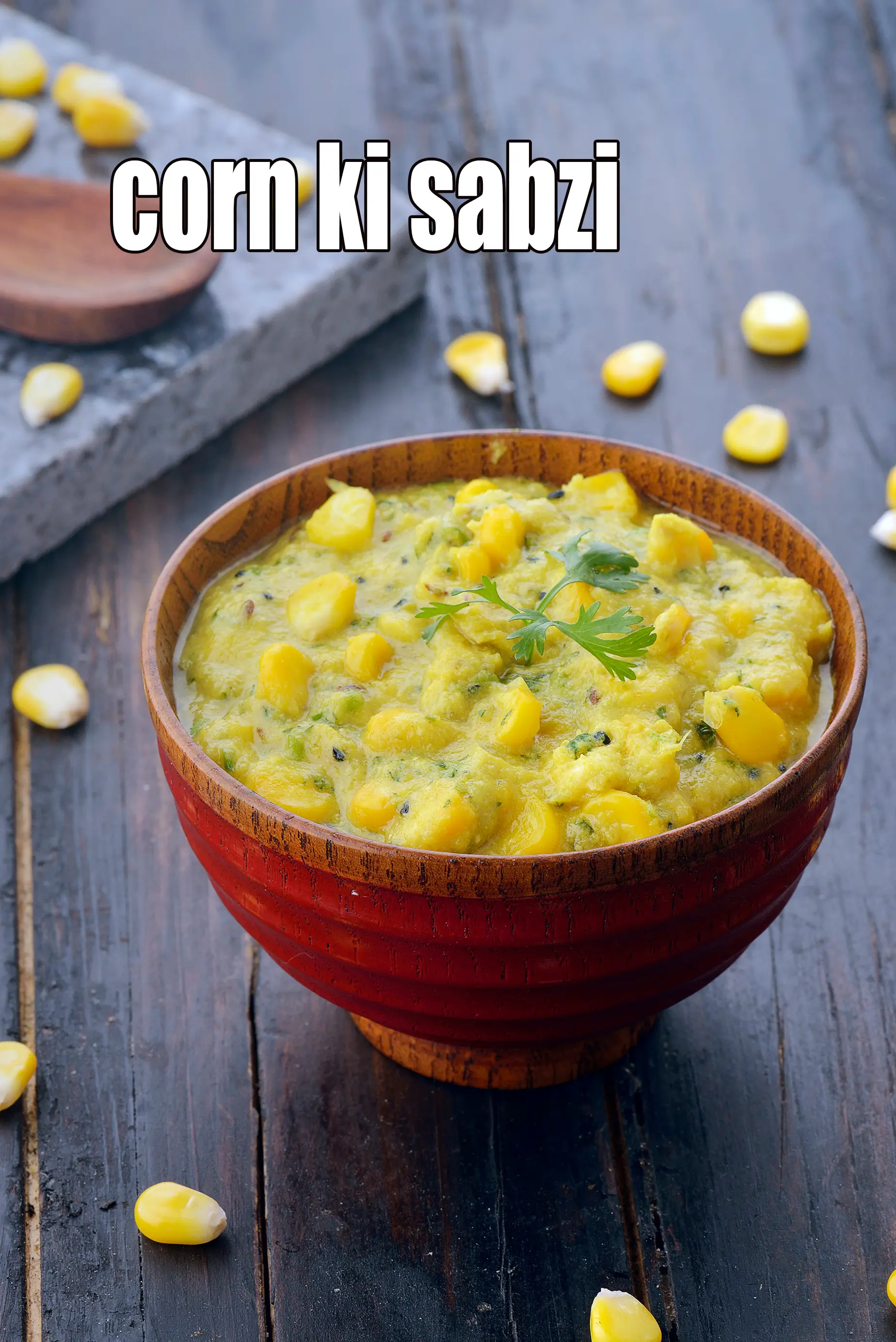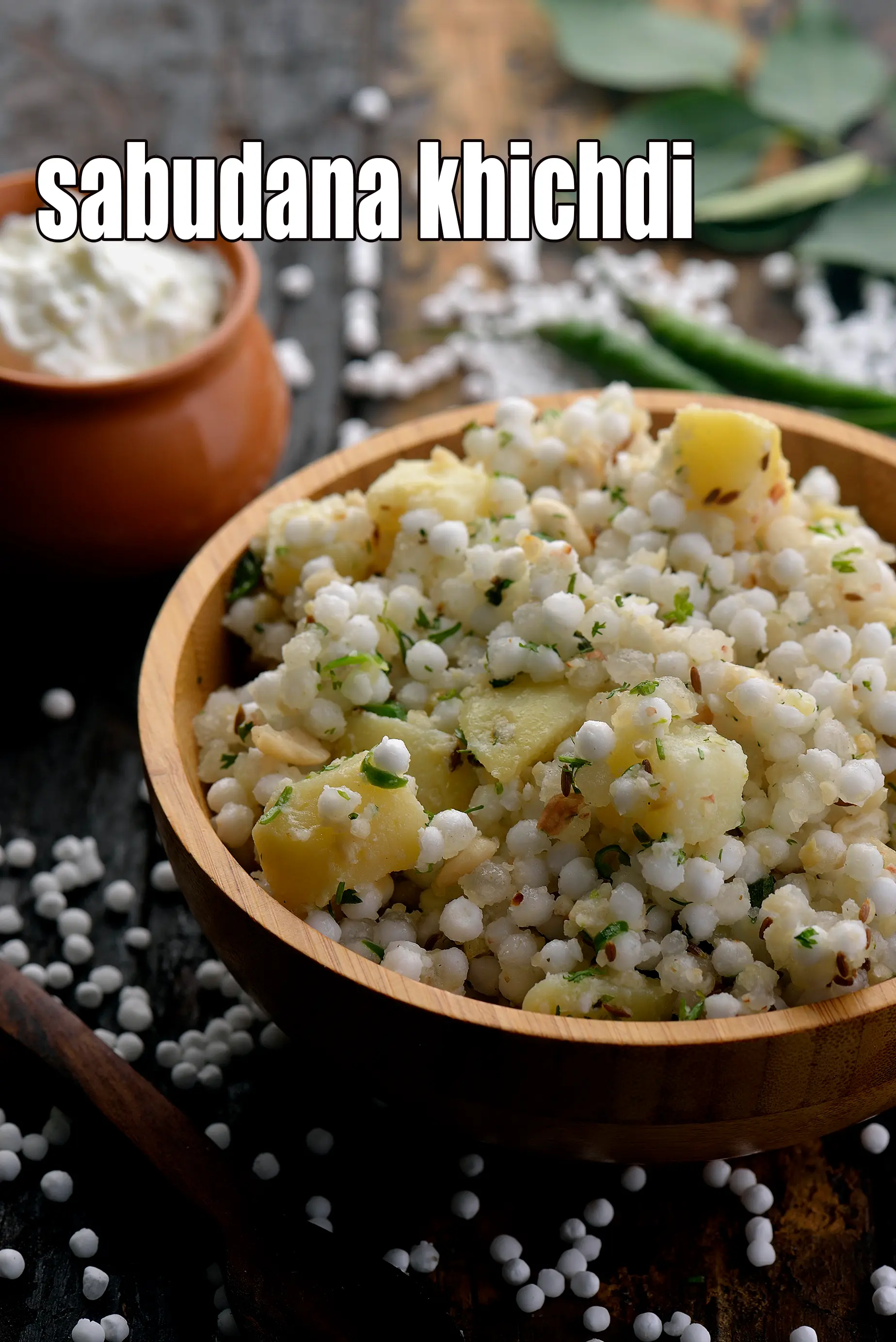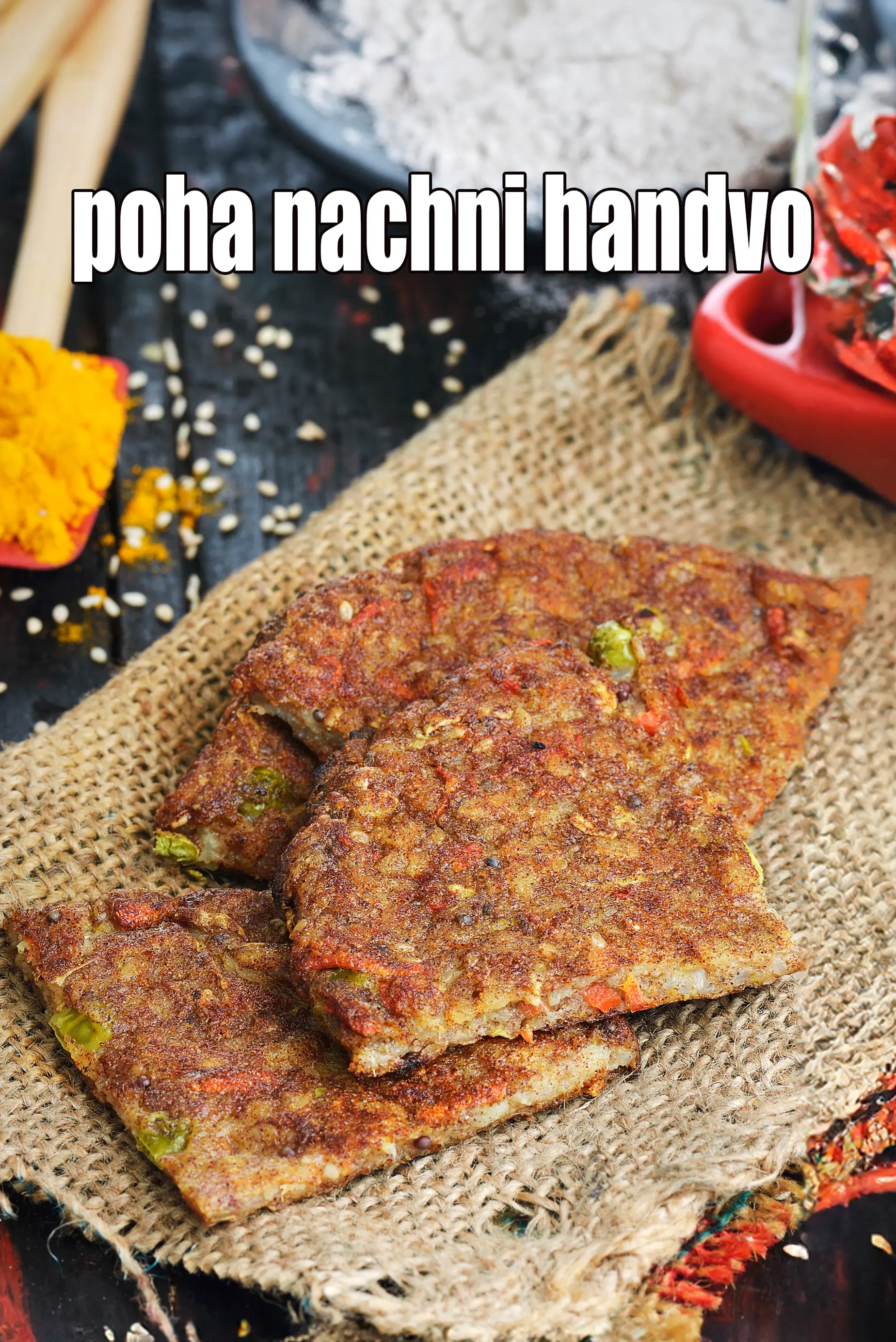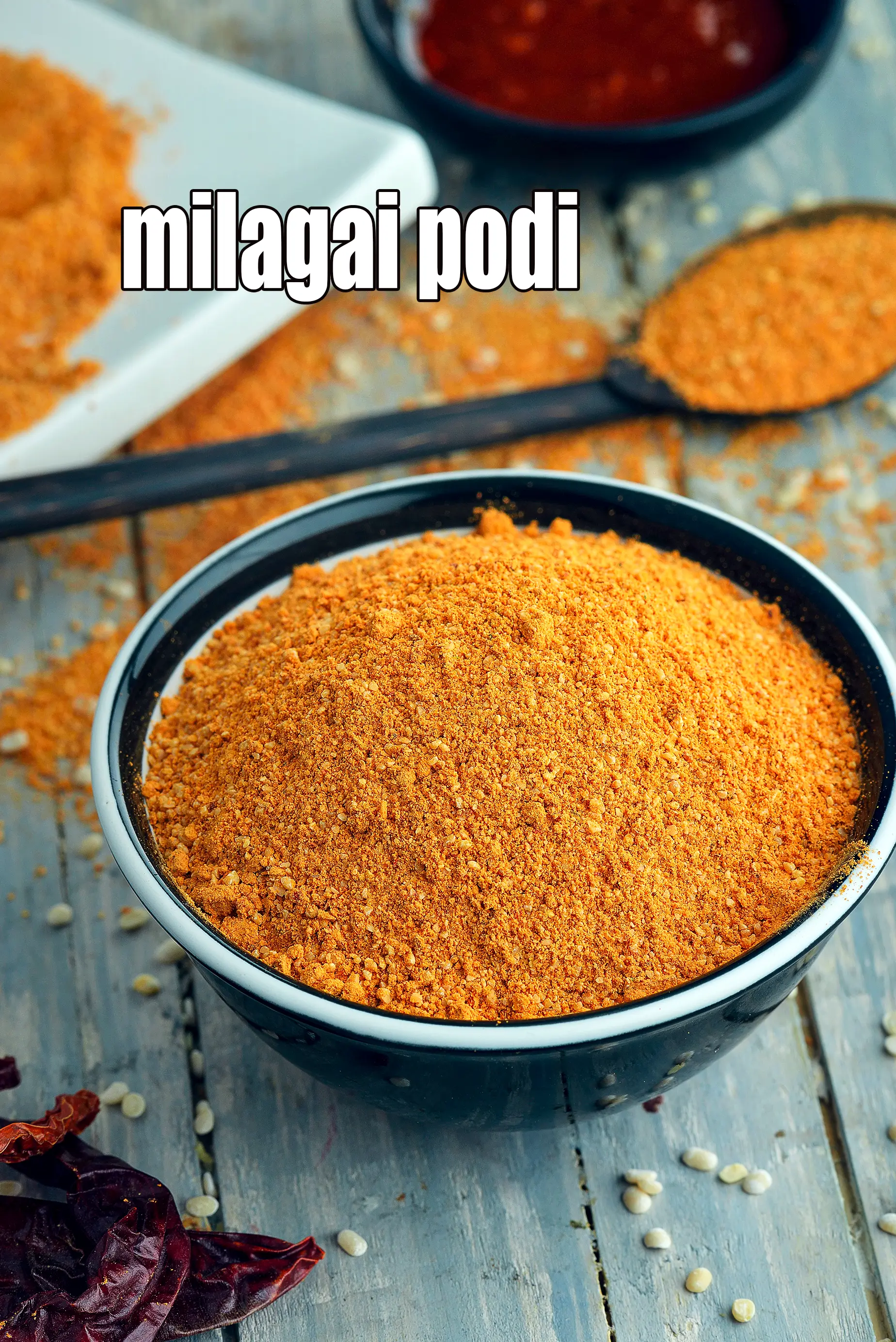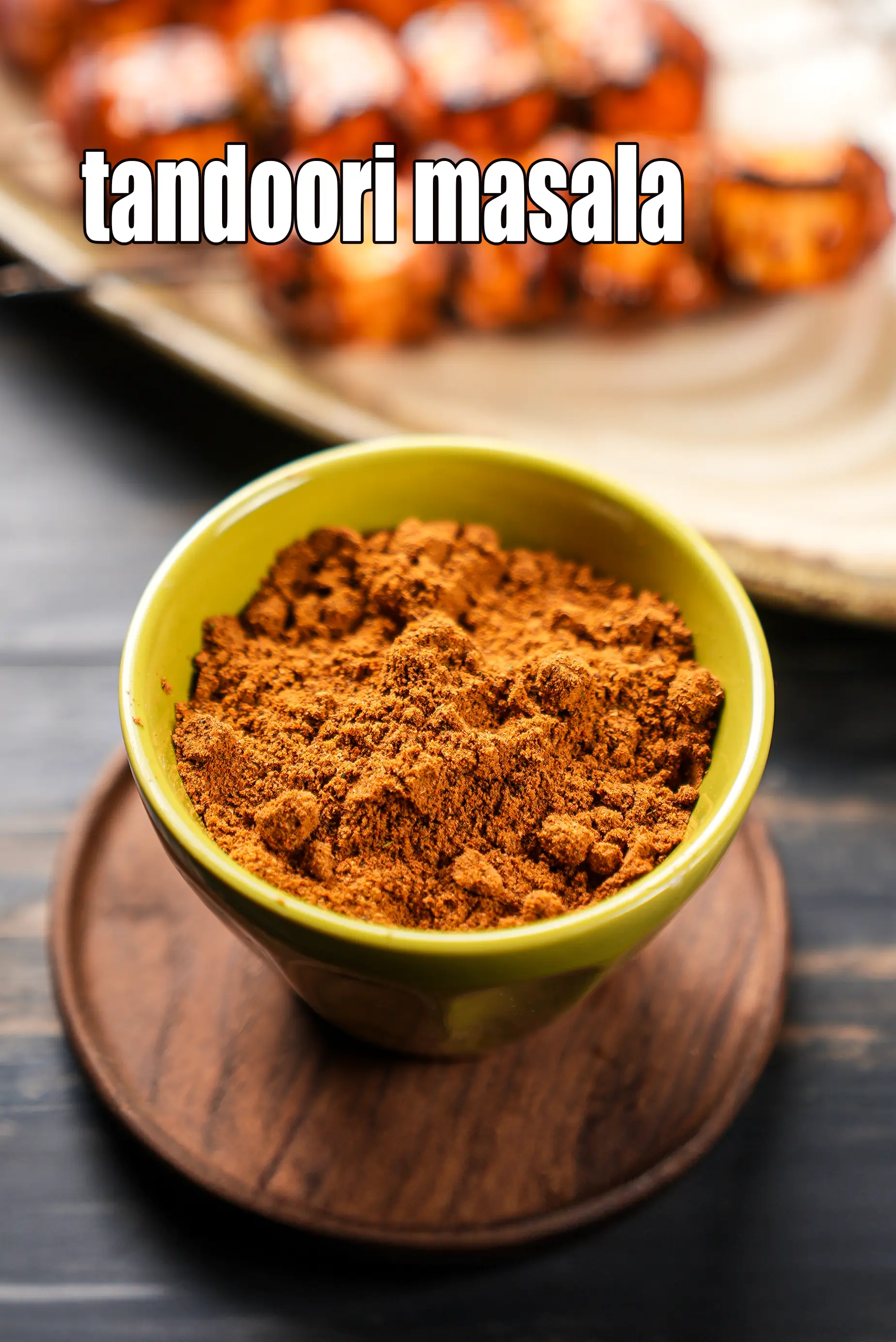Nutritional Facts of Lentil and Spinach Soup ( Calcium Rich), Calories in Lentil and Spinach Soup ( Calcium Rich)
This calorie page has been viewed 7435 times
Healthy Indian Recipes
Healthy Indian Recipes
Course
Table of Content
How many calories does one serving of Lentil and Spinach Soup have?
One serving (250 ml) of Lentil and Spinach Soup gives 187 calories. Out of which carbohydrates comprise 113 calories, proteins account for 46 calories and remaining calories come from fat which is 27 calories. One serving (250 ml) of Lentil and Spinach Soup provides about 9.3 percent of the total daily calorie requirement of a standard adult diet of 2,000 calories.
Lentil and Spinach Soup recipe serves 4, 250 ml per serving.
187 calories for 1 serving of Lentil and Spinach Soup (Calcium Rich), Cholesterol 4 mg, Carbohydrates 28.3g, Protein 11.5g, Fat 3g. Find how much fibre, iron, calcium, zinc, magnesium, phosphorus, sodium, potassium, folic acid is present in Lentil and Spinach Soup (Calcium Rich)
See Lentil and Spinach Soup recipe | masoor dal palak soup | healthy masoor dal vegetable soup | with 25 amazing images.
lentil and spinach soup is a vitamin A rich healthy Indian soup. Learn how to make masoor dal palak soup.
lentil and spinach soup is a hearty and nutritious soup that combines the earthy flavors of masoor dal with the vibrant green goodness of spinach. This soup is typically made by cooking lentils, with a variety of vegetables, herbs, and spices, and then adding fresh spinach near the end of the cooking process.
To make lentil and spinach soup in a pressure cooker add the tomatoes, masoor dal along with 2 cups of water, mix well and pressure cook for 2 whistles. Allow the steam to escape before opening the lid. Keep aside to cool. Once cooled, blend in a hand mixer to a smooth purée.Heat the olive oil in a deep pan. Add the garlic and onions and sautée for 2 minutes.
Transfer the purée , add the spinach, milk, chilli powder, salt and 1 cup of water, mix well and bring to boil. Cook on a medium flame for 2 to 3 minutes, while stirring occasionally.
Serve lentil and spinach soup hot with whole wheat bread sticks.
lentil and spinach soup is a popular choice for a healthy and filling lunch or dinner, especially during the colder months, and it can be enjoyed on its own or paired with a slice of crusty bread for a complete and satisfying meal.
lentil and spinach soup is rich in vitamin C, vitamin A, folic acid, vitamin B1, calcium, Dietary fiber and protein.
lentil and spinach soup can be enjoyed by diabetic, weight loss, pregnant women and heart patients.
Pro tips for lentil and spinach soup. 1. In a pressure cooker put roughly chopped tomatoes. Tomatoes add a touch of acidity and brightness to the soup, cutting through the richness of lentils and balancing the earthy notes of spinach. Tomatoes are a Pregnant woman's friend and are rich in Folate or Folic Acid which helps your body to produce and maintain new cells, especially red blood cells. 2. Add masoor dal (split red lentil), washed and drained. Masoor dal cooks quickly and breaks down easily, contributing to a smooth and creamy texture in the soup, making it more enjoyable to eat. 1 cup of cooked Masoor dal gives 19 grams of protein. Being rich in phosphorus it works with calciumto build our bones. NOTE. When you soak 3/4th cup of masoor dal you will get 1 cup soaked masoor dal. That is what will be used in the recipe. 3. Once cooled, blend with a hand blender to a smooth purée. A hand blender is ideal for this recipe because it can easily handle larger volumes and blend directly in the pressure cooker, saving you from transferring ingredients. 4. Add finely chopped spinach (palak). Spinach cooks quickly and easily, making it a convenient addition to the soup. It can be incorporated just before serving to retain its fresh flavor and vibrant color. Spinach is one of the richest plant sources of ironand it should be part of a healthy diet for everyone.
Is Lentil and Spinach Soup healthy?
Yes, this is healthy. But restrictions apply to some.
Let's understand the Ingredients.
What's good.
Spinach (Palak) : Spinach is one of the richest plant sources of Iron and it should be part of a healthy diet for everyone. Raw spinach is very rich in insoluble fibre, 25% having soluble fiber and 75% insoluble fiber. Spinach is good for the heart, diabetics and eyes. Read this on the 17 benefits of spinach and why you should eat it.
Masoor Dal (split red lentils) : 1 cup of cooked Masoor dal gives 19 grams of protein. Being rich in Phosphorus it works with Calcium to build our bones. Masoor dal is rich in Folate, Vitamin B9 or Folic Acid which helps your body to produce and maintain new cells, especially red blood cells. Masoor dal is is good for diabetics and a healthy heart. See detailed 10 health benefits of masoor dal.
Milk and Low Fat Milk : 1 cup of milk provides 70% of the Recommended Daily Allowance of Calcium. Milk promotes strong bones. The Calcium in Milk helps to protect your teeth against gum disease and keeps your jaw bone strong and healthy. Milk is low in carbs and therefore does not raise blood glucose levels. One cup of Milk gives 10 grams of carbs. Low fat milk has lower fat and the same benefits of milk.
Tomatoes : Tomatoes are extremely rich source of Lycopene. Tomatoes are a powerful antioxidant, super rich in Vitamin C, good for heart. Tomatoes are a Pregnant women's friend and are rich in Folate or Folic Acid which helps your body to produce and maintain new cells, especially red blood cells. Read about 13 amazing benefits of tomatoes.
Onions (pyaz, kanda) : Raw onions are a very valuable source of vitamin C – the immune building vitamin. Along with other phytonutrients from onions, it helps to build WBC (white blood cells) which serves as a line of defence against illness. Yes, it’s a source of many antioxidants, the most important one amongst them being Quercetin. The quercetin in Onions promotes production of HDL (good cholesterol) and lowers total cholesterol in the body. The sulphur in onions act as a blood thinner and prevents blood clotting too. This in turn would lower blood pressure and good for heart, diabetics. Read the benefits of onions.
Olive Oil, Extra Virgin Olive oil : Olive oil is a strong antioxidant and good for heart. Also it has anti inflammation properties. This is one of the healthiest oil you can opt for. It has around 77% of MUFA. Olive oil, especially the extra virgin olive oil, is unrefined oil in its natural state and free of chemicals. Moreover, olive oil also possesses polyphenols – a type of antioxidant which protects body cells and maintains heart health as well. Popular in Mediterranean cooking, this oil works best for salad dressings or quick sautéing recipes. They cannot be used for prolonged cooking at high temperatures. Note that it's fat at the end of the day so don't consume too much. Read the super article of which oil is the healthiest, avoid vegetable oil.
Can diabetics, heart patients and over weight individuals have the soup ?
Yes, but use low fat milk.
Can healthy individuals have the Lentil and Spinach Soup ?
Yes, this is healthy.
Lentil and Spinach Soup is rich in below macronutrients, vitamins and minerals given in descending order (highest to lowest).
- Vitamin C : Vitamin C is a great defence against coughs and colds. Have citrus fruits (oranges, grapefruit and sweet lime), lemons, vegetables ( capsicum , broccoli, cabbage). Not all of the vitamin C is lost when vegetables are cooked. Some studies have shown that up to 50% of the vitamin C can be retained, depending on the cooking method and the vegetable. Cook vegetables quickly. The longer vegetables are cooked, the more vitamin C they will lose. 58% of RDA.
- Vitamin B1 (Thiamine) : Vitamin B1 protects nerves, helps in carbohydrate metabolism, prevents heart diseases and helps produce red blood cells. Indian Foods rich in B1 are Flax seeds (alsi), Sunflower seeds, sesame seeds, Garden cress seeds (halim), Capsicum, Wheat flour, Chana dal, moong, walnuts, masoor dal, brown rice, jowar, bajra. 30% of RDA.
- Vitamin A rich recipes, Beta Carotene : Vitamin A is crucial for healthy vision, cell growth and healthy skin. Sources of vitamin A include yellow-orange fruits and vegetables like carrots, mango, papaya, peach, tomatoes, pumpkin etc. and other vegetables like spinach, kale, fenugreek leaves, broccoli, capsicum etc. 27% of RDA
- Folic Acid (Vitamin B9): Folic acid is an essential vitamin required throughout pregnancy. Folic acid rich Indian foods (kabuli chana, chana dal, yellow moong dal, urad dal, toor dal , sesame seeds ). 27% of RDA.
- Fiber : Dietary fiber reduces the risk of heart disease, prevents the spike in blood sugar levels and hence super for diabetics. Consume more fruits, vegetables, moong, oats, matki, whole grains. 22% of RDA.
- Protein : Protein is required for managing the wear and tear of all cells of the body. Have protein rich Indian foods like curds, paneer, Greek yoghurt, tofu, almonds, sprouts, chana, rajma, chick peas, quinoa, buckwheat ). 21% of RDA.
- Calcium. See Calcium rich recipes : Calcium is a mineral that makes bones stay strong. See our list of calcium rich Indian foods. Dairy products: Like milk, curds, cheese, paneer and buttermilk. Green leafy vegetables like spinach, fenugreek, broccoli. Nuts ( almonds, peanuts, walnuts) and ragi. Required from kids to adults. 19% of RDA.
- Iron : Iron is essential in the chemical reactions that produce energy from foods. Eat more greens and garden cress seeds to prevent you from being anaemic. Here are the top 7 sources of iron rich foods. 18% of RDA.
How to burn 154 calories that come from Lentil and Spinach Soup?
Walking (6 kmph) = 44 mins
Running (11 kmph) = 15 mins
Cycling (30 kmph) = 20 mins
Swimming (2 kmph) = 25 mins
Note: These values are approximate and calorie burning differs in each individual.
| Energy | 187 cal |
| Protein | 11.5 g |
| Carbohydrates | 28.3 g |
| Fiber | 5.5 g |
| Fat | 3 g |
| Cholesterol | 0 mg |
| Vitamin A | 1319.1 mcg |
| Vitamin B1 | 0.3 mg |
| Vitamin B2 | 0.2 mg |
| Vitamin B3 | 1.5 mg |
| Vitamin C | 23.1 mg |
| Folic Acid | 54 mcg |
| Calcium | 116.6 mg |
| Iron | 3.8 mg |
| Magnesium | 52.5 mg |
| Phosphorus | 142.4 mg |
| Sodium | 33.5 mg |
| Potassium | 365.3 mg |
| Zinc | 1.3 mg |
-17195.webp)
Click here to view Lentil and Spinach Soup ( Calcium Rich)
Calories in other related recipes

